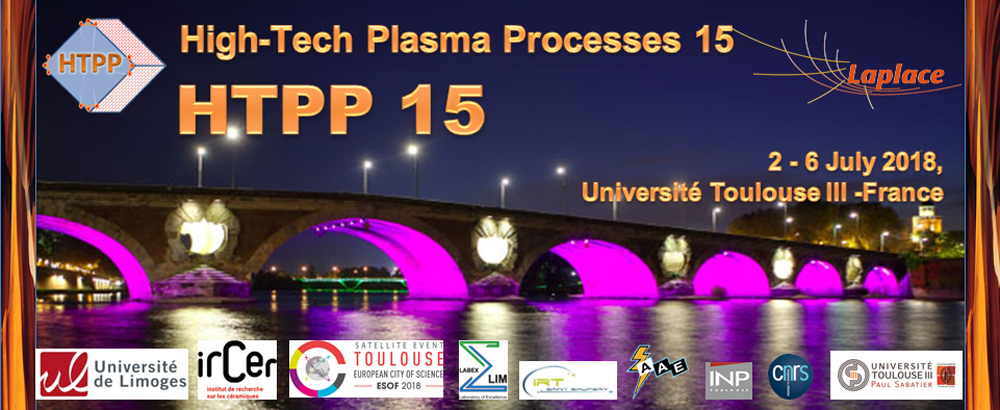Thermal plasmas are at the core of a wide range of industrial applications, such as spraying, welding, cutting, mettalurgy, particle and chemical synthesis, waste treatment and resource recovery. Computational modeling and simulation has proven essential to provide insight into characteristics no practically accessible experimentally, and to guide equipment design and process optimization. Representative advances and current challenges for the computational modeling and simulation of thermal plasma flows are presented.
The modeling and simulation of thermal plasma flows faces compound challenges found in other fields, such as combustion, aerodynamics, and magnetohydrodynamics. There has been remarkable advances in the computational modeling and simulation of thermal plasma systems. These have allowed thermal plasma flow simulations within industrially-relevant configurations and for a broad range of operating conditions, which often involve the description of intricate multiphysics phenomena, complex three-dimensional domains, highly nonlinear properties, large solution field gradients, and highly dynamic time-dependent features.
Despite the remarkable progress achieved to date, several challenges remain. These challenges are generally addressed by methods designed for multiphysics and multiscale problems and can be broadly categorized in terms of model fidelity and numerical resolution. Fidelity refers to the degree of underlying phenomena captured by the model, whereas accuracy to the precision of the numerical solution of the model equations. In general, fidelity is a major challenge in multiphysics problems, whereas accuracy is a major challenge for multiscale problems. An important characteristic of thermal plasma flows is that their comprehensive simulation often stresses the need for both, fidelity and accuracy.
Major fidelity challenges include: (1) chemical nonequilibrium, of major relevance when complex molecular gas mixtures are used, in chemical synthesis processes, and when metal vapors are present; (2) thermodynamic nonequilibrium, found during intense interactions between plasma and processing media, such as a gas stream, electrodes, or feedstock material; (3) multi-phase interactions, as found near the plasma-electrode and solid material interfaces, as well as in novel processes such as liquid and vapor spraying; and (4) radiative transport, of major relevance during high-power operation, and particularly complex for molecular gas mixtures and high degree of nonequilibrium.
Major resolution challenges comprise: (1) flow stability, including fluid dynamic, thermal, and electromagnetic, often originated at the plasma periphery and leading to macroscopic flow reconfigurations; (2) pattern formation and self-organization, especially encountered in plasma-electrode interactions, which can cause enhanced erosion or process nonuniformities; (3) turbulence, the paramount example of multiscale phenomena and a major driver of gas entrainment and mixing; and (4) complex spatial and temporal configurations, as often found in modern plasma sources, such as multi-electrode or alternating power torches.
The need for increased fidelity and accuracy can be potentially unbounded, whereas computational resources are necessarily bounded. This dicotomy implies that the modeler often faces the choice between performing “better” simulations (e.g. higher dimensionality, higher resolution) or using “better” models (e.g. greater span of phenomena accounted for, fewer modeling assumptions). Some recent developments that seek to mitigate such trade-off, such as heterogeneous modeling approaches, are briefly described.
Acknowledgements: Financial support provided by the U.S. Department of Energy through award DE-SC0018230 and the U.S. National Science Foundation through award CBET-1552037 is gratefully acknowledged.

 PDF version
PDF version
